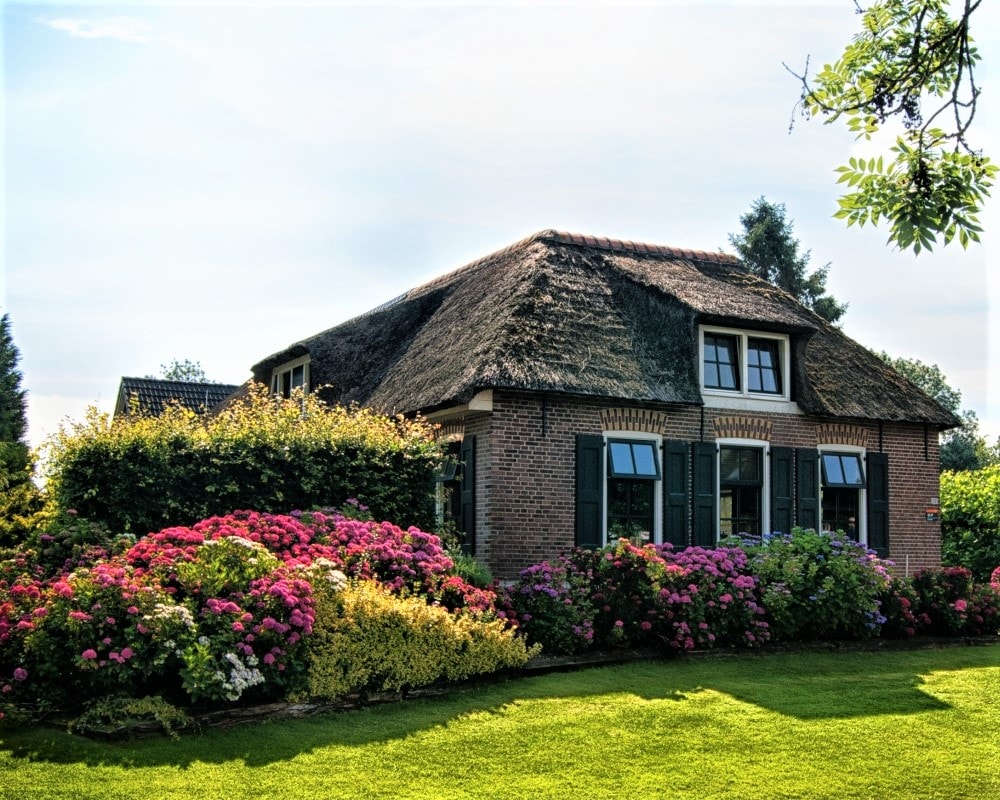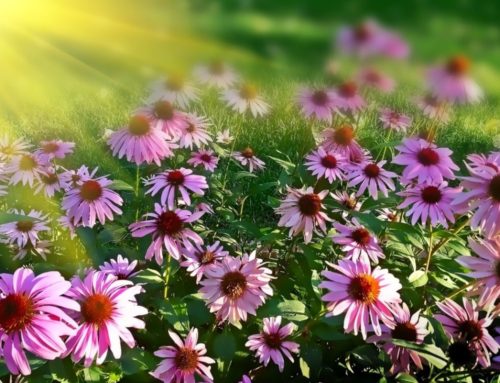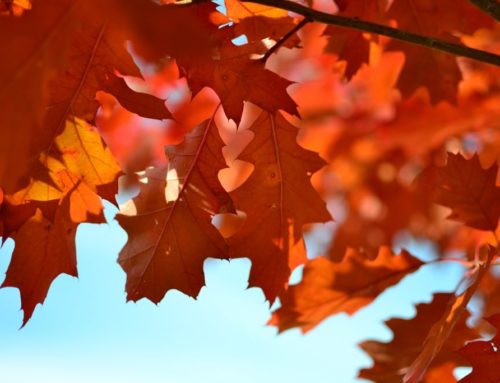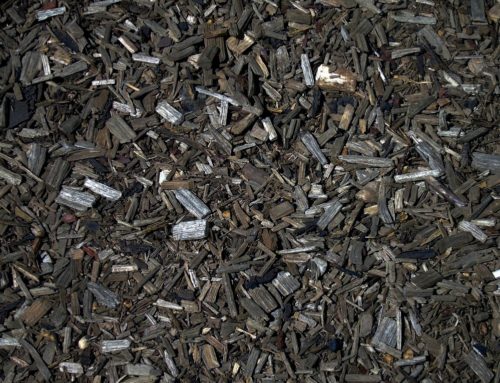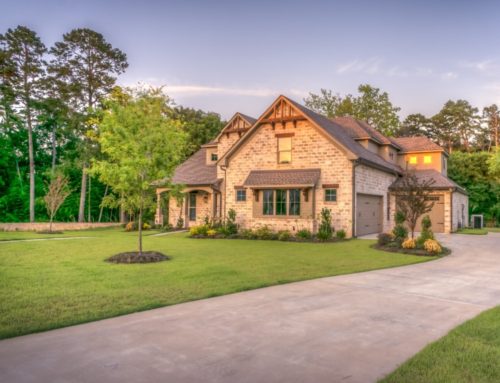I have often asked clients and friends over the years, “Would you like to have a beautiful and colourful flower garden that is also easy to maintain?”. I have seen mostly skeptical faces looking back at me wondering what I could possibly offer that fits both those criteria. One client even asked if the plan was to install synthetic flowers.
I am glad to say the answer to that question is definitely NO.
It is possible to have a colorful and lush garden that will not require hours of maintenance each week!
The solution is to plan the garden keeping in mind the plant selection, soil conditions, sun requirements as well as the growing zone in which the client’s home resides. The approach I use in planning and installing low maintenance gardens for Zone 5 climate in Ottawa is called xeriscaping. According to Wikipedia:
“ Xeriscaping is landscaping and gardening that reduces or eliminates the need for supplemental water from irrigation. It is promoted in regions that do not have easily accessible, plentiful, or reliable supplies of fresh water, and is gaining acceptance in other areas as access to water becomes more limited. Xeriscaping may be an alternative to various types of traditional gardening.”
Many of us, myself included have had grand ambitions to have blue rhododendron or mandevillas while living in Ottawa – northern zone 5 climate. Those plants require large amount of attention and maintenance in that climate zone. If you don’t have time or energy to maintain them, better option would be to explore xeriscaping.
Low maintenance design: Xeriscaping vs. Zero-scaping
You might have also heard about another low maintenance approach to gardening called zero-scaping. Zero-scaping and xeriscaping are very different techniques as zero-scaping defines gardens that has few if any plants at all. It instead incorporates mulch, river stone and other ground covers that require virtually no watering at all.
An example of a zero-scaped front yard that we transformed was one where a large, mature oak tree was providing 100% shade. The homeowner became frustrated with the grass not being able to grow there due to the lack of sunshine and water. The oak’s anaerobic roots were taking any water and thus starving the grass and plants. The low maintenance solution we came up with was to remove the remaining grass, install landscape debris, and cover the area with ¾ inch of river stones and cedar mulch around the tree to provide a bit of contrast.
Xeroscaping principles
Now back to the topic of xeriscape gardening in Ottawa. This type of landscape is ideal for people who are very busy with their daily activities and yet desire to have a curb appeal to their front yard or a serene and welcoming backyard. Those with reduced mobility or who simply like the look of a landscaped yard without the added maintenance would benefit from this type of landscaping service.
The approach to low maintenance garden I have used successfully over the years is based on 3 pillars.
- Benefits of native plants. Using as many native plants as possible as they have a proven track record as far as performing in our climate. That does not mean that non indigenous plants can’t it be incorporated. They certainly can. We are just careful with what we add to any project and ensure they are going to not only survive but thrive.
- Amending the soil is crucial. Soil is akin to your garden’s foundation. When it is not healthy and rich no matter what you plant, will have a hard time meeting your expectations and may not stand the test of time. We always test the soil conditions and recommend specific amendments which will help your new garden truly perform and require less maintenance.
- The importance of mulch. I our opinion, a project is not truly low maintenance if natural cedar mulch has not been added. Cedar mulch performs 3 tasks:
- it reduces the watering requirements as evaporation is lessened,
- it reduces the number of weeds and consequently the weeding necessary,
- Thirdly as it breaks down over time it actually adds organic material to the soil
Cedar mulch has a final lesser known quality: it is mildly anti-fungal and repellant to certain insects.
I have noticed that many contractors as well as homeowners use amalgam mulch instead of cedar. This type of mulch is produced using a mix of varieties of wood which are shredded then blended. This practice has a chance of including ash and other wood varieties that are battling illnesses. Best practice is to use a mulch that has a single type of wood. In my experience cedar mulch performs very well over time.

